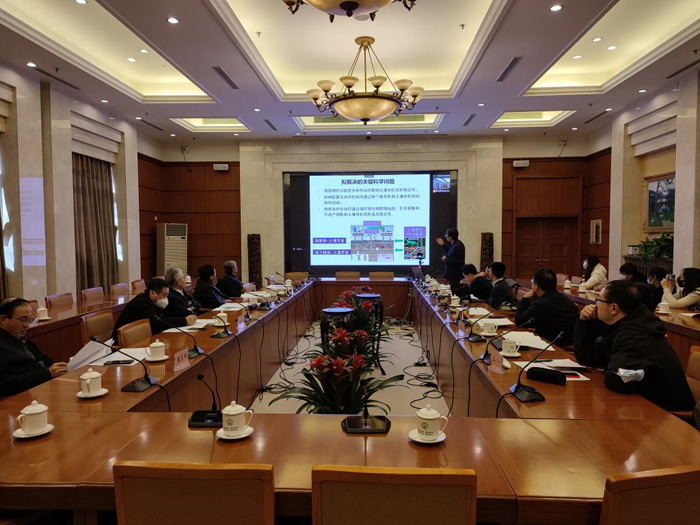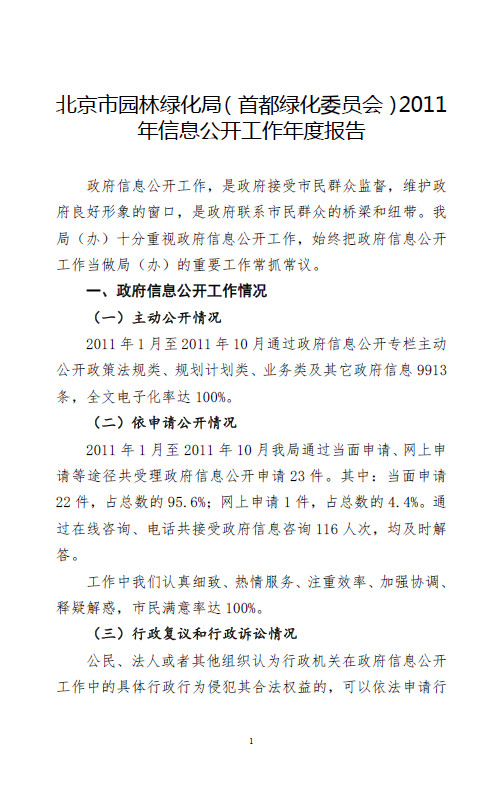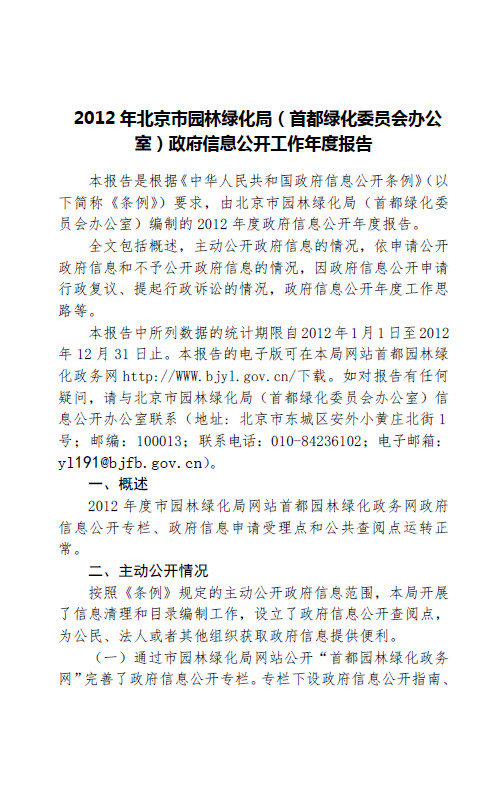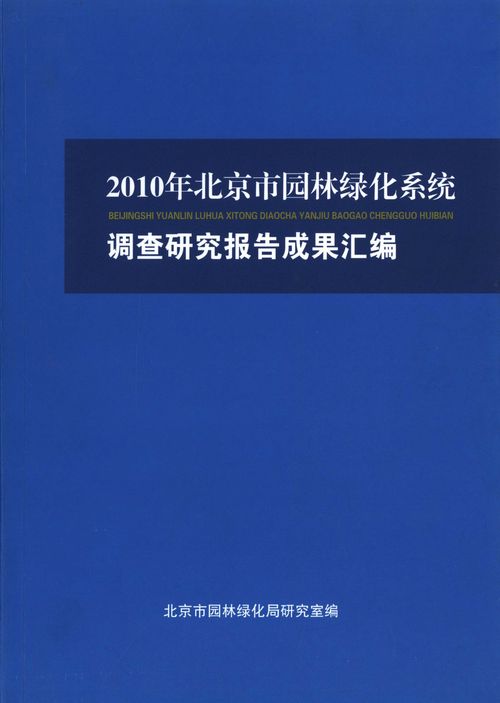
城市绿地春季潜在花粉污染风险评估
编号
lyqk009932


中文标题
城市绿地春季潜在花粉污染风险评估


作者
周江鸿
夏菲
车少臣
李新宇
李洁
刘育俭
张卉
叶彩华
尤焕苓


作者单位
1. 北京市园林绿化科学研究院 北京 10010;
2. 2 北京市颐和园管理处 北京 100091;
3. 北京市天坛公园管理处 北京 100061;
4. 北京市气象服务中心 北京 100089


期刊名称
中国城市林业


年份
2022


卷号
20


期号
4


栏目名称
研究论文


中文摘要
春季花粉污染程度与树种组成和种植数量密切相关,在城市绿地规划设计阶段,根据绿地植被组成对其潜在的花粉污染风险进行评估,对于强化源头管控、促进宜居城市环境建设具有重要意义。文章利用2019-2021年(每年3月1日-4月30日)位于北京市东城区、海淀区和朝阳区3个监测点的逐日花粉种类和浓度的实测数据,对8类风媒花乔木的种植密度与最大日花粉浓度进行回归分析。结果表明:这8类乔木单株产生花粉量的大小顺序为桑科>白蜡属>柳属>杨属>柏科>银杏科>榆科>松科;当新建绿地中柏树、杨树、柳树、白蜡、银杏和松树的种植密度分别小于4.06、3.37、2.63、0.41、4.87、41.00株·hm-2时,可以将该时段最大日花粉浓度控制在中低污染风险等级。根据分析结果,建议将花粉污染风险评估作为城市绿地规划设计方案的审核内容之一,严格限制在人口密集区域大量栽植柏树、杨树、柳树和白蜡等花粉量较大的树种,逐步减少致敏花粉对市民工作和生活的影响。


基金项目
北京市科技计划课题北京地区主要气传致敏花粉浓度智能监测及预报技术研究(Z191100009119013); 北方地区城市背景下多尺度绿化生态效益评价体系的研究及建立 (D171100007117001)


英文标题
Risk Evaluation of Spring's Potential Pollen Pollution in Urban Green Space


作者英文名
Zhou Jianghong, Xia Fei, Che Shaochen, Li Xinyu, Li Jie, Liu Yujian, Zhang Hui, Ye Caihua, You Huanling


单位英文名
1. Beijing Academy of Forestry and Landscape Architecture, Beijing 100102, China;
2. Administrative Office of the Summer Palace, Beijing 100091, China;
3. Administrative Office, Temple of Heaven Park, Beijing 100061, China;
4. Beijing Meteorological Service Center, Beijing 100089, China


英文摘要
Tree species composition and plant number are closely correlated with the extent of airborne pollen pollution in spring.In the phase of urban green spaces planning and design,the evaluation of the potential pollen pollution risk based on green space vegetation composition is significant for better control of pollen pollution from the source and the creation of more livable city environment.This paper uses the the data on the types and concentration of daily pollen at three sampling sites in Dongcheng,Haidian and Chaoyang districts of Beijing during 2019-2021(from March 1 to April 30 every year) to make a regression analysis on the planting density and maximum daily pollen concentration for eight wind-pollinated tree species.The results show that the amount of pollen grains produced by individual tree could be ranked in a decreasing order:Moraceae > Fraxinus > Salix > Populus> Cupressaceae > Ginkgoaceae > Ulmaceae > Pinaceae.When the planting density of Cupressaceae,Populus,Salix,Fraxinus,Ginkgoaceae,and Pinaceae in newly established green spaces is lower than 4.06,3.37,2.63,0.41,4.87 and 41.00 plants·ha-2,respectively,the maximum daily pollen concentration in the period could be controlled to be within low and medium pollution risk range.Based on the analysis results,it is suggested that the risk evaluation of the spring's potential pollen pollution should be included in the review of urban green space planning and design scheme.Cupressaceae,Populus,Salix and Fraxinus, which produce a large quantity of pollen grains,should be strictly limited in densely populated areas,so as to gradually relieve the impact of allergic pollen.


英文关键词
urban green space;tree species configuration;pollen pollution;potential risk evaluation;Beijing


起始页码
1


截止页码
6


投稿时间
2022-05-04 00:00:00


作者简介
周江鸿(1972-),男,博士,正高级工程师,研究方向为气传花粉飞散规律和园林植物病害防治研究。E-mail:zhoujh416@163.com


DOI
10.12169/zgcsly.2022.05.04.0003


参考文献
[1] HÖLLBACHER B,SCHMITT A O,HOFE H,et al.Identification of proteases and protease inhibitors in allergenic and non-allergenic pollen[J].International Journal of Molecular Sciences,2017,18(6):1199.
[2] SAHIN A A,ASLIM B,TAN S,et al.Differences in structure,allergenic protein content and pectate lyase enzyme activity of some Cupressaceae pollen[J].Turkish Journal of Biochemistry,2018,43(4):435-446.
[3] SONGNUAN W.Wind-pollination and the roles of pollen allergenic proteins[J].Asian Pacific Journal of Allergy Immunology,2013,31(4):261-270.
[4] MAKRA L,MATYASOVSZKY I,DEÁK A J.Trends in the characteristics of allergenic pollen circulation in central Europe based on the example of Szeged,Hungary[J].Atmospheric Environment,2011,45(33):6010-6018.
[5] ANDERSON H R,DE LEON A P,BLAND J M,et al.Air pollution,pollens,and daily admissions for asthma in London 1987-92[J].Thorax,1998,53(10):842-848.
[6] 廖凤林.城市园林绿化中的花粉污染[J].城市环境与城市生态,1991,4(2):21-25.
[7] 王成.城市森林建设中的植源性污染[J].生态学杂志,2003,22(3):32-37.
[8] 廖凤林.城市空气花粉污染评价[J].城市环境与城市生态,2000,13(3):45-46.
[9] PUC M,BOSIACKA B.Effects ofmeteorological factors and air pollution on urban pollen concentrations[J].Polish Journal of Environmental Studies,2011,20(3):611-618.
[10] 王成,金佳莉,孙睿霖,等.城市植物源性污染及其防治[M].北京:中国林业出版社,2020.
[11] 周江鸿,夏菲,刘育俭,等.北京天坛公园春季树木花粉飞散规律研究[J].江苏农业科学,2020,48(15):192-198.
[12] 郄光发,杨颖,王成,等.北京城区硬质地面近地空间树木花粉浓度日变化及小气候因子的影响[J].林业科学,2010,46(8):39-44.
[13] 李天庆,曹慧娟,康木生,等.中国木本植物花粉电镜扫描图志[M].北京:科学出版社,2010.
[14] 李金锋,姚轶锋,谢淦,等.北京常见植物花粉图鉴[M].武汉:湖北科学技术出版社,2021.
[15] 乔秉善.中国气传花粉和植物彩色图谱:第2版[M].北京:中国协和医科大学出版社,2014.
[16] 海德玛莉·哈布里特,西尔维亚·乌尔里希,弗里盖尔·格里姆松,等.图解花粉术语[M].姚轶锋,李金锋,谢淦,等,译.武汉:湖北科学技术出版社,2021.
[17] 周晓平,韩超,穆启占.北京地区逐日花粉浓度预报方法研究[C]//中国气象学会.中国气象学会2007年年会大气成分观测、研究与预报分会场论文集,2007.
[18] 赵京城,李杰.颐和园乔木资源及种植配置分析[J].绿色科技,2017(19):54-56.
[19] 王晶晶.以天坛公园为例浅析祭坛园林的植物配置[C]//中国风景园林学会.中国风景园林学会2011年会论文集(上册).北京:中国建筑工业出版社,2011.
[20] 吴硕,贾彦丽,智福军,等.18个枣品种花粉数量与萌发率的研究[J].河北农业科学,2017,21(1):42-45.
[21] 叶正文,杜纪红,苏明申,等.桃92个品种的花粉量及其萌发特性的差异[J].园艺学报,2010,37(4):525-531.
[22] 魏国芹,孙玉刚,安淼,等.甜樱桃7个品种花粉数量及花粉萌芽率测定[J].华北农学报,2010,25(增刊):123-127.
[23] 郑西平,张启翔.北京城市园林绿化植物应用现状与展望[J].中国园林,2011,27(5):81-85.
[24] 欧阳志云,辛嘉楠,郑华,等.北京城区花粉致敏植物种类、分布及物候特征[J].应用生态学报,2007,18(9):1953-1958.
[25] 王成.城市花粉、飞絮飞毛等植源性污染特征及其防治[J].中国城市林业,2018,16(1):1-6.
[26] 郄光发,彭镇华,王成.关于我国城市绿化树种植被选择的思考[J].中国城市林业,2012,10(3):1-7.


PDF全文
浏览全文


-
相关记录
更多
- 城市鸟类群落与绿地关系研究进展 2022
- 作品名称:城市庭院——北京市新华里社区广场景观设计 2022
- 城市绿地生态保健功能研究进展 2021
- 城市绿地恢复性感知研究进展 2021
- 城市绿地乔木固碳能力及碳抵消效果评估 2024
- 沈阳市夏季6种城市绿地景观对使用者身心恢复的影响 2024
 打印
打印




